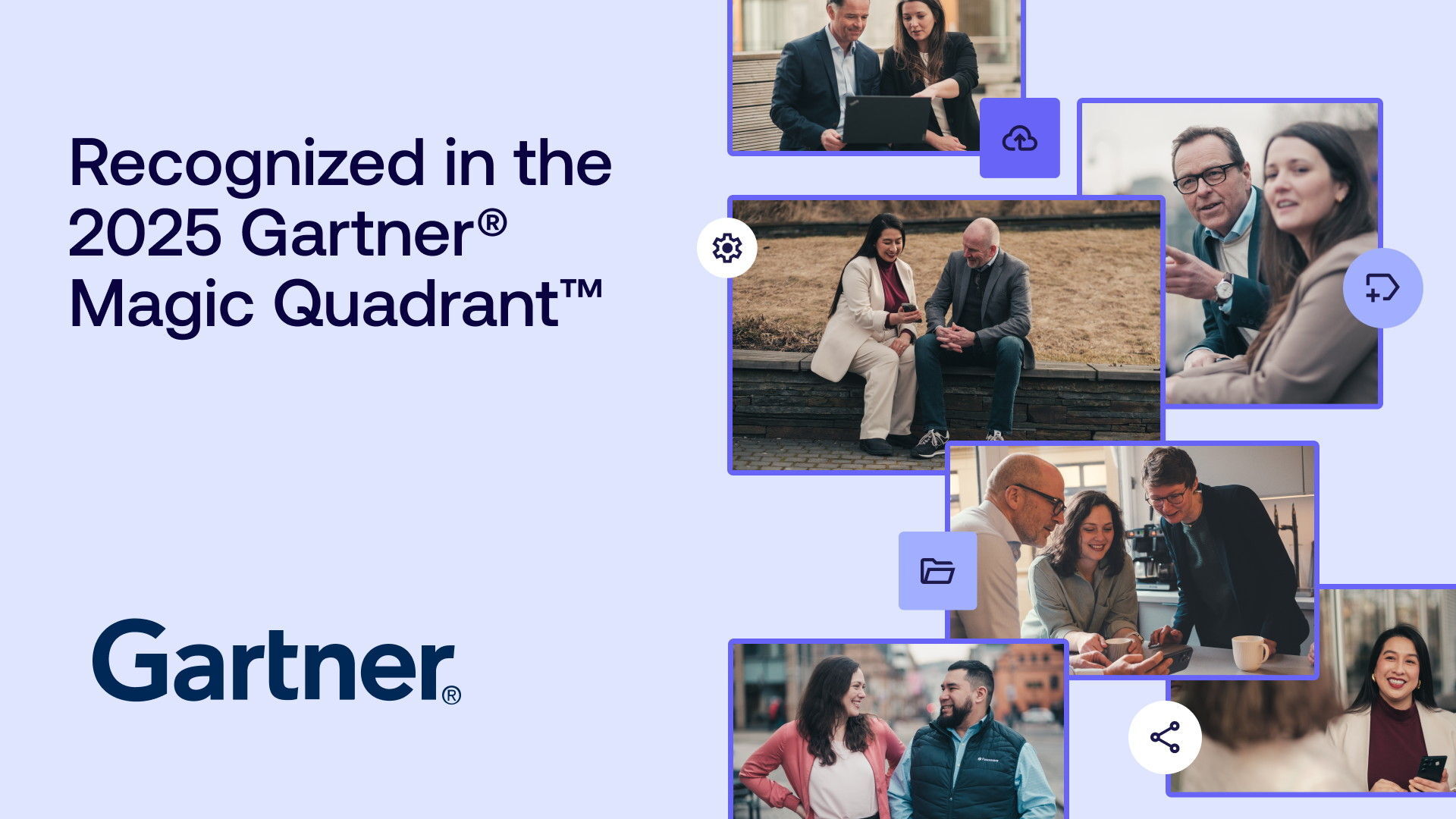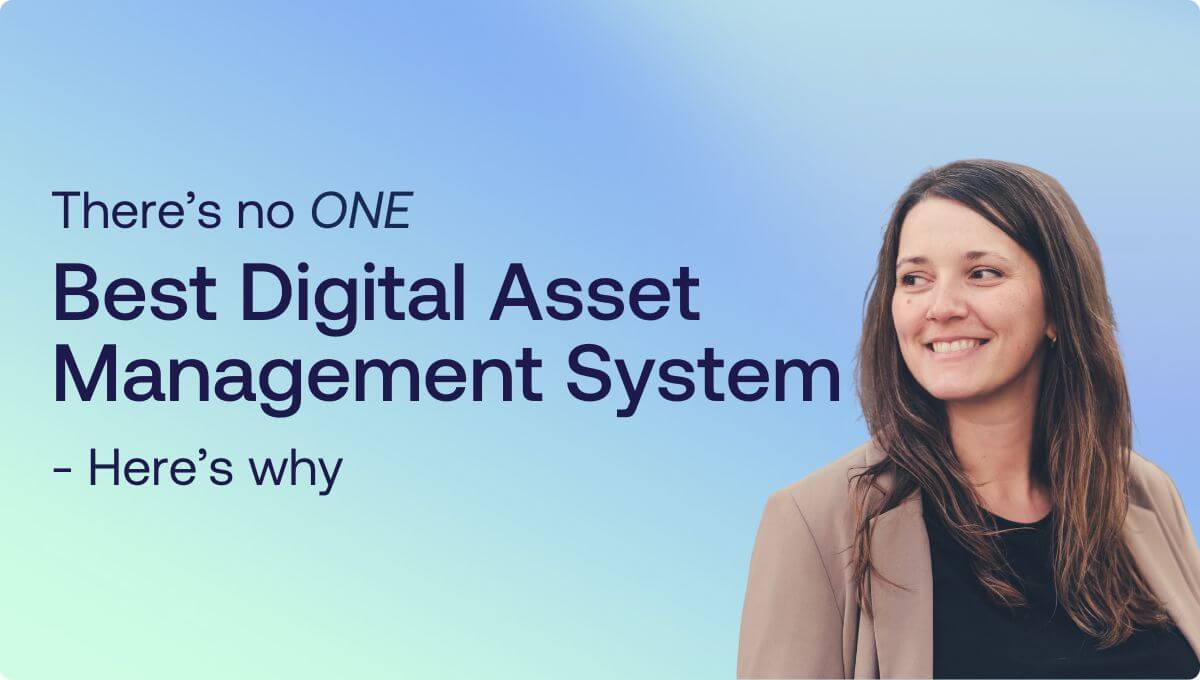
There’s no ONE “Best Digital Asset Management System” - Here’s why
When organizations begin the search for the best Digital Asset Management (DAM) system, they’re often looking for a perfect, one-size-fits-all solution. But in reality, the best DAM is not a universal product. It’s the one that fits your workflows, your team, and your industry.
Whether you're managing a high-volume media library, conserving cultural heritage, or organizing marketing assets, the best Digital Asset Management software for your organization might look very different than it does for someone else.
Let's break down why “best” is not a fixed standard when it comes to DAM. We’ll look at how different industries define successful Digital Asset Management, why adoption and processes matter as much as features, and how your needs can evolve over time.
Table of Content

The myth of a one-size-fits-all DAM
It’s easy to fall into the trap of comparing feature checklists or relying on "Top 10 best DAM software" lists. But these lists rarely reflect the complexities of real-world use cases. Choosing the best DAM system based on a generic checklist can lead to missed expectations and low user adoption.
Your Digital Asset Management strategy should align with your business strategy. What works for a global retail brand might fail completely in a regulated public sector institution. The best DAM solution supports your goals and integrates seamlessly with your people and processes.

Different industries, different definitions of best DAM system
Museums, archives, and cultural heritage
Cultural institutions such as galleries, libraries, archives, and museums (GLAMs) prioritize preservation and long-term accessibility. They need to catalogue their digital collections, often according to established metadata standards like Dublin Core, IPTC, or custom taxonomies tailored to specific eras or subjects.
These organizations need the best Digital Asset Management solution for ensuring accuracy, protection of intellectual property, and sustainability over decades. Support for high-resolution formats like TIFF for images is essential, as is the ability to implement complex data sets and seamless integration with other software.

— "It is fundamental to the mission of the RISD Museum to provide access to the collection to as many people as possible, with as few barriers as possible."
In these sectors, the best DAM system is one that offers robust taxonomy tools, controlled vocabularies, granular metadata support, flexible ingestion methods, and compliance with archiving best practices. They also need a platform with the possibility for custom integrations that enable efficient sharing and distribution of content and data.
It must serve researchers, curators, and the public equally well while maintaining data integrity for years to come.
Learn more: How RISD Museum has built a connected ecosystem for digital art collections
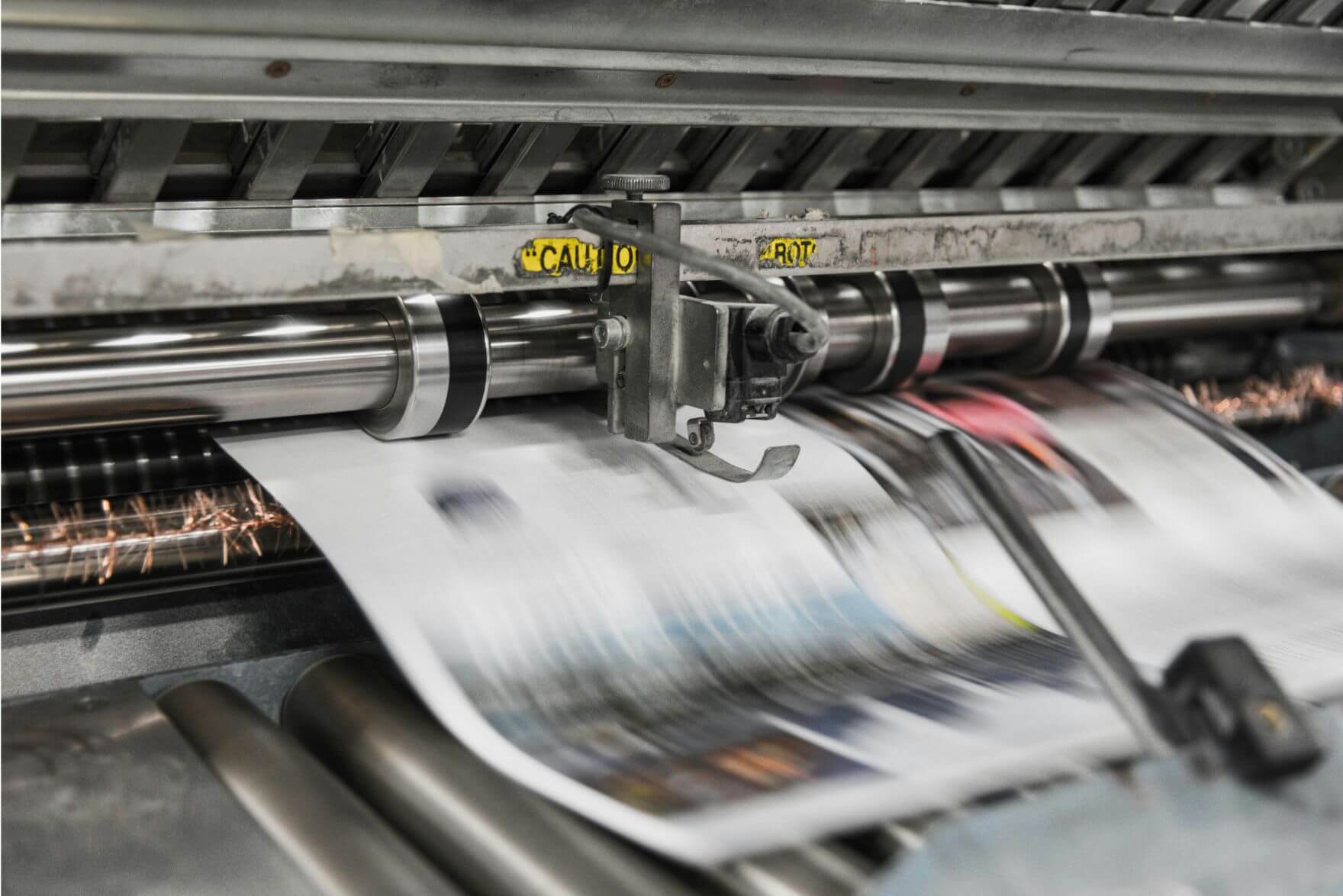
Media and publishing
For media and news outlets, photo agencies, and publishers, the best Digital Asset Management platform is one that supports high-volume, high-speed content workflows. These organizations deal with thousands of incoming assets daily, from photographers and journalists, all of which must be sorted, edited, and published within hours or even minutes.
They need support for image and video renditions, metadata automation, copyright and licensing management, and integration with photo management and pre-ingestion tools. Automation plays a critical role, whether for distributing assets to multiple channels or triggering alerts based on metadata.

— "A vast amount of what we do is about speed – delivering images to multiple clients in as near to real-time as possible. But there is also a need to supply images at a more considered pace to media clients and our historical archive."
In this world, the best Digital Asset Management system is one that keeps pace with production without compromising quality or rights compliance. Speed, accuracy, and workflow compatibility are everything.
Learn more: How LAT Images streamline their image workflows - from track-side to clients within seconds
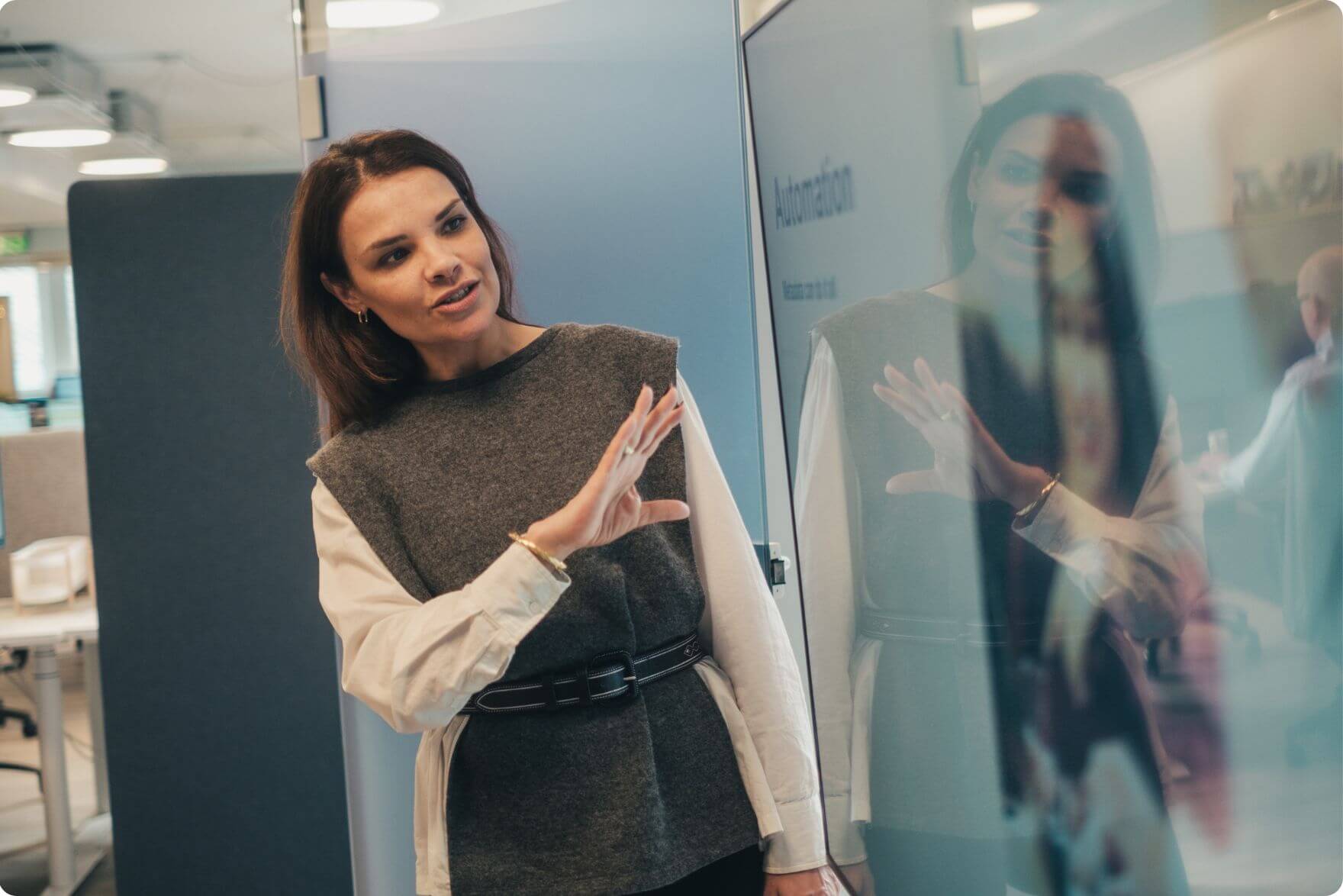
Corporate communications and enterprise
Enterprise and corporate communications teams need to manage a vast ecosystem of marketing assets distributed across regions, departments, and partners. The best DAM for these users provides centralized control with decentralized access, enabling local teams to use approved assets while protecting brand consistency and compliance.
With growing globalization, multilingual support, permissions hierarchies, and seamless integrations with tools like Microsoft SharePoint, Office 365, and SSO solutions are of essence. Scalability is also critical. As organizations grow and rebrand, their DAM must grow with them.

— "Having everything in one place means our teams always work with up-to-date materials, and we no longer waste time searching for files."
The best Digital Asset Management software for enterprise and corporate communications is one that combines structure with flexibility, offering role-based access, global search, and consent management capabilities. It empowers teams to work independently while maintaining governance, security, and visibility.
Learn more: Sulzer’s DAM success - Goodbye to outdated marketing assets

Manufacturing and retail
Manufacturing and retail businesses often have thousands of product assets like images, spec sheets, instructional videos, and more, that must be organized and distributed across platforms, partners, and customer touchpoints. These organizations benefit from a DAM system that integrates closely with Product Information Management (PIM) and e-commerce platforms to ensure content accuracy and consistency across the entire buyer journey.
Read more: The perfect combination of PIM and DAM for KERMI
For these users, success depends on bulk import and export capabilities, custom metadata fields tailored to SKUs or product categories, and workflow automation for frequent updates – proper Master Data Management capabilities are critical. Supplier portals and approval processes are also important, particularly when assets are provided by external photographers or vendors.
In this space, the best Digital Asset Management solution enables a complex product content ecosystem that is easy to manage and ensures that assets flow efficiently from production to the marketplace.
— "A DAM system with a modern and powerful interface, and the possibilities of integration through an API-first approach are superior in terms of usability, efficiency, stability and performance."

Public sector and regulated industries
Public sector organizations such as municipalities, government agencies, and NGOs, operate under strict compliance, accessibility, and security requirements. They need a DAM software that ensures content is accessible to all users, protects sensitive information, and is transparent.
Features like role-based permissions, secure hosting options, and public portals are the foundation. These institutions often work with limited budgets, which makes simple maintenance and strong support equally important.
Learn more: 5 things you should know about GDPR for images
For these users, the best Digital Asset Management system is one that balances ease of use with compliance, privacy, Consent Management, and accountability, all while supporting transparent communication with the public.

— "[...] we are part of a public administration. We therefore have a specific responsibility to comply with the GDPR. Obtaining consent for specific pictures or other assets manually is very cumbersome and paper-intensive."
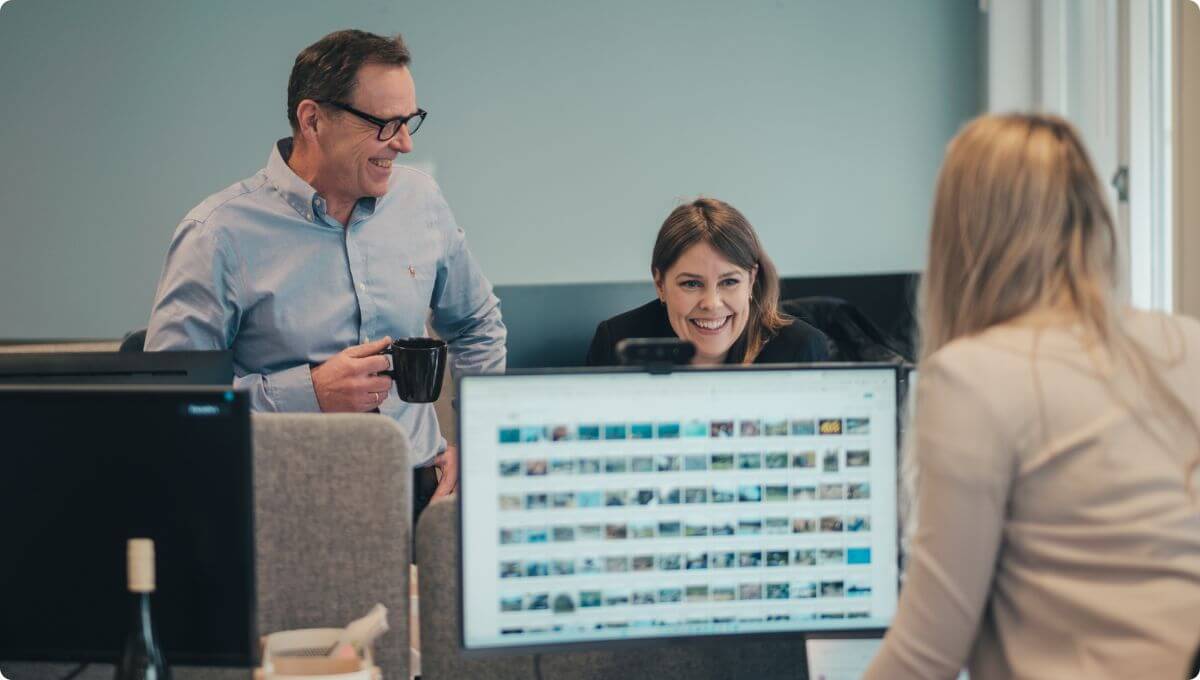
Creative and marketing teams
For creative and marketing teams, the best Digital Asset Management system is one that streamlines fast-paced content production and distribution. These teams often manage a high volume of images, videos, and design files under tight deadlines.
They need to locate assets quickly, share drafts for feedback, and ensure everything aligns with guidelines, rules, and regulations. Tools like automated metadata tagging, advanced search, and approval workflows are essential for keeping communications on track.
Additionally, many creatives work within Adobe Creative Cloud, so seamless integrations with Photoshop, InDesign, or Illustrator can significantly reduce friction. Consent Management features are increasingly important too, especially when using photographs of people in regions with strict privacy regulations like the GDPR.

— "Our need for a system that allows for GDPR-compliant handling of images and data was an essential factor in our decision to implement a DAM."
Learn more: Best Practices for GDPR compliance when using employee photos
In this context, the best DAM software is one that supports creativity, not one that slows it down. That means intuitive user interfaces, smooth collaboration, and the ability to easily manage consent, rights, and usage.
Read more: How PGS ensures full control of visual assets and GDPR

Police and law enforcement
Law enforcement agencies have some of the most rigorous requirements of any DAM users. Their assets, like photos, videos, and case files, are highly sensitive and often used as evidence in legal proceedings. The best DAM (also called DEM – Digital Evidence Management) in this context should offer encrypted storage, detailed access control, tamper-proof audit logs, and secure sharing features that comply with chain-of-custody standards.
Agencies also need fast access to critical content in the field, which means mobile accessibility and user-friendly interfaces are vital. Purging and retention policies must be enforced automatically to comply with legal timelines. For law enforcement, the best DAM software is one that delivers uncompromising security, field readiness, and integrity.
Learn more: How 4 UK Police Forces Centralized their Digital Evidence Management

The best DAM experience is also about people and processes
A powerful DAM only delivers value if people actually use it. Successful Digital Asset Management depends on more than just features. Too often, organizations invest in a feature-rich platform only to see low adoption because users find it too complex, irrelevant to their tasks, or poorly integrated into their day-to-day workflows.
Success with Digital Asset Management is about the strategy that surrounds it. That includes thoughtful planning, internal ownership, a user-focused approach, and ongoing support.
Organizations that involve their users early in the selection and implementation process tend to achieve better outcomes, because they take the time to understand how different departments interact with content and build their DAM system around those realities.
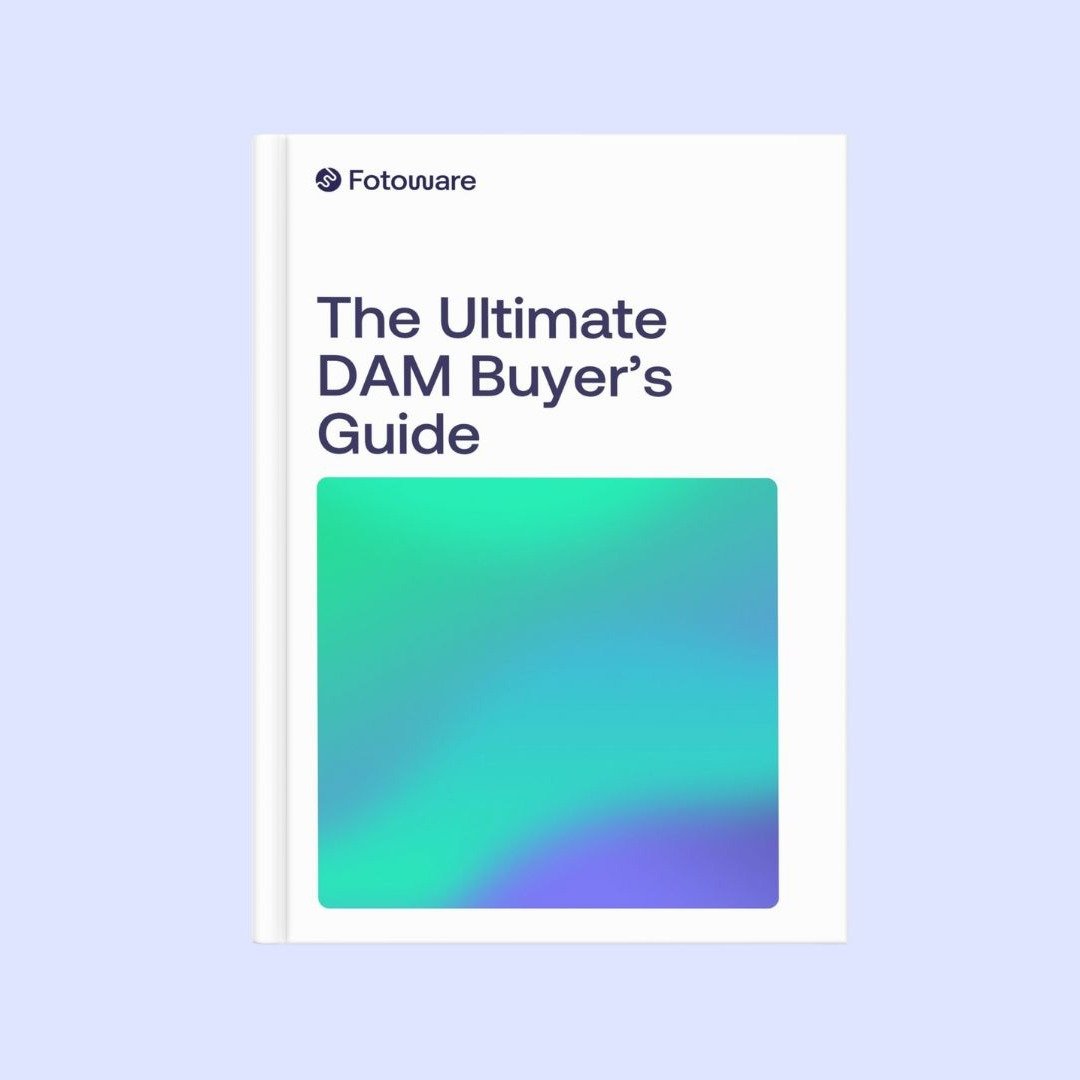
The Ultimate DAM Buyer's Guide
Learn everything you need to know when considering buying Digital Asset Management software for your organization in this free guide.
Proper training is another key factor. No matter how intuitive a tool may seem, it won’t be effective unless people know how to use it.
The best Digital Asset Management solutions offer more than features but come with resources for onboarding, documentation, customer support teams, and a vendor that understands change management. Without these elements in place, even the most sophisticated solution will struggle to deliver ROI.
When thinking about the best DAM, it’s not just about what the software can do. It’s about how well it fits into your use case, your people’s daily habits, how it supports their goals, and solves real challenges for them.

Customization vs. configuration: What’s better?
Every organization falls somewhere on a spectrum between simplicity and specialization. Some teams need a plug-and-play Digital Asset Management solution that gets them up and running quickly with minimal configuration. For them, the best DAM system is one that’s user-friendly, fast to deploy, and designed around common workflows like marketing content distribution or basic brand management.
Read more: Yes, you can have a DAM in 30 days!
Other organizations, especially those with complex structures or technical needs, require something more tailored. They may need advanced permissions, custom metadata schemas, or DAM integrations with third-party systems like CMS platforms, PIMs, or creative production tools.
These businesses often work with sensitive or specialized assets that require precise handling. In these cases, the best Digital Asset Management software is one that offers deep customization options: configurable workflows, open APIs, extendable metadata models, and (custom) integrations with other business-critical systems.
The true best DAM solution is one that strikes the right balance – for you. It gives you the flexibility to adapt to your specific use cases without overwhelming users or IT.

“Best” is a changing definition
Wherever your organization is right now, your needs today won’t be the same in three years. Teams evolve, new departments get onboarded, strategies shift, and content volumes continue to grow.
This is where many organizations get stuck. They select a DAM based on current needs without thinking about where they’re headed. But the best Digital Asset Management system is one that supports you not only today but also in the future. That might mean the ability to easily add new users and groups, support for additional content types, or allow for integrations with new software as your tech stack evolves.
Read more: Is your DAM built to last? How to future-proof your DAM system
That’s why it’s important to choose your DAM vendor as a partner, not just for a product. The best DAM software provider is one that understands your industry and your challenges, supports you proactively, continuously invests in their platform’s reliability, security, and speed, and works together with you towards your long-term success.
The best Digital Asset Management system is one that grows with you.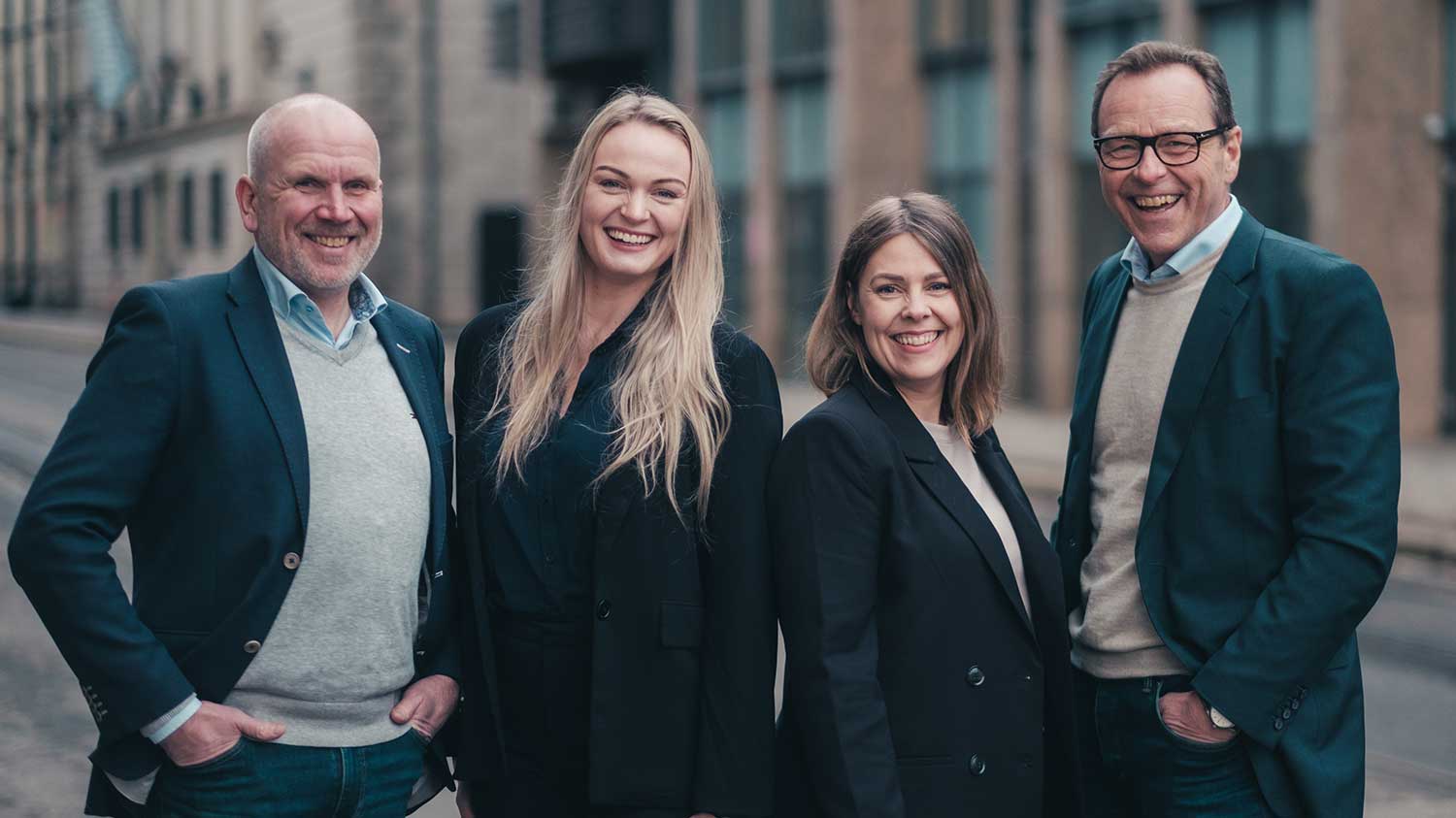
Conclusion
There’s no universal answer to what makes the best Digital Asset Management platform. It doesn’t necessarily mean having the most features, but the right capabilities and the right people to work with for your needs. The right DAM is the one that fits your team, your workflows, and your goals - today and tomorrow.
Whether you're building product launch campaigns, preserving digital collections of art and artifacts, managing marketing content at scale, or managing digital evidence, your definition of "best" will be unique.
Not sure what “best” looks like for your business? Book a meeting with one of our experts and we’ll help you define it.

What is the best DAM for you?
Have a talk with one of our experts and we’ll help you find out.

.png)
